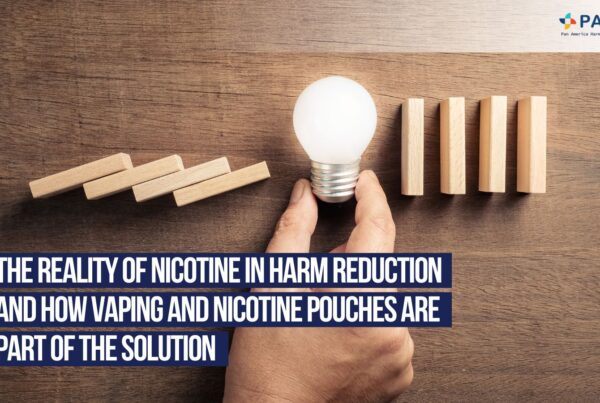
World No Tobacco Day is observed every year on 31 May as a day dedicated to spreading awareness about the harmful effects of smoking and the need to reduce tobacco consumption.
Tobacco use kills one million people in the Region of the Americas per year and constitutes the only common risk factor of the four major noncommunicable diseases (NCDs).
While measures taken since the FCTC came into force in 2005 have reduced the percentage of smokers from 28% of the total population in 2000 to 16.3% in 2020, achieving significant progress, there is still a long way to go.
According to the fourth edition of the 2021 global report on trends in the prevalence of tobacco use 2000–2025, the average proportion of the population that smokes in the Region of the Americas is slightly higher than the world average (11.3% vs. 10.3%).
Together with the European Region, the Region of the Americas shows the slightest difference in the prevalence of smoking between adult women and men, which reaffirms the need to strengthen the gender aspect of policies and smoking cessation strategies.
Is prohibition a good long-term solution?
According to the Pan American Health Organization (PAHO), the regional office of the World Health Organization (WHO), as of 2023, eight countries in Latin America—Argentina, Brazil, Mexico, Nicaragua, Panama, Suriname, Uruguay, and Venezuela—prohibit the sales of electronic nicotine delivery systems (ENDS), which include products like heated tobacco devices and e-cigarettes.
While reducing teen vaping should undoubtedly be a goal of all Pan-American countries, the prohibition of e-cigarettes is likely to increase smoking in teens and adults — and also increase black-market use.
Banning e-cigarettes is an incoherent form of risk regulation that infringes on smokers’ autonomy to use a less harmful nicotine product while inconsistently allowing individuals to begin and continue smoking cigarettes. It also perpetuates harm by preventing addicted smokers from using a less harmful nicotine product, which could benefit them by reducing their health risks if they use it to quit.
Policymakers cannot choose between a ban and an unregulated free market. Instead, they should ethically allow vaping products to be sold in ways that will enable smokers to reduce the harms of smoking while minimizing the risks of deterring quitting and increasing smoking among youth.
Tags
Popular Posts
Quick Links
Related Posts
 Paradigm Shift Needed In Pan America’s Approach to End Smoking
Paradigm Shift Needed In Pan America’s Approach to End Smoking
Paradigm Shift Needed In Pan America’s Approach to End Smoking
 Tobacco Harm Reduction Seminar in Brazil
Tobacco Harm Reduction Seminar in Brazil
Tobacco Harm Reduction Seminar in Brazil
 Systematic Review of Vaping Flavours | Dr. Konstantinos Farsalinos
Systematic Review of Vaping Flavours | Dr. Konstantinos Farsalinos





